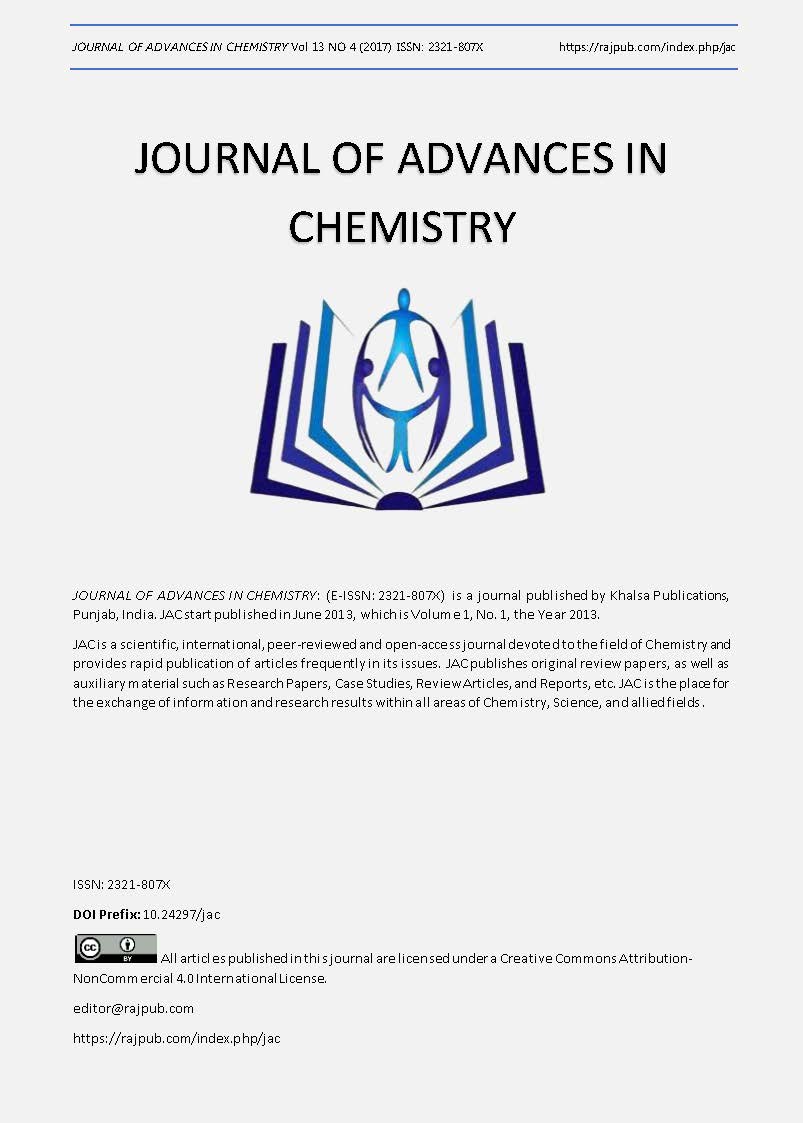Computational and Experimental Investigations on Aerodynamic Characteristics of a Hatchback model Car Using Base Bleed
DOI:
https://doi.org/10.24297/jac.v13i4.4910Keywords:
Aerodynamics, Drag, Hatchback model car, Base bleed, CFD, Base Bleed, Reynolds Number, Fuel efficiency, Flow measurement.Abstract
Computational and experimental tests have been conducted on a realistic passenger scale model car, to investigate drag reduction opportunities from injecting low velocity air into the base region. Various techniques to reduce the aerodynamic drag of bluff bodies through the mechanism of base pressure recovery have been investigated. The investigation is conducted in free stream and in ground proximity. It is shown that, with a base bleed hose, the overall body drag is reduced. The paper shows the method used in creating the scaled model of the car and conducting the analysis, and presents the findings to date. The paper shows that the reduction in drag increases as the mass flow rate of air is increased when the flow is deflected at the outlet. By controlling the turbulent wake to the rear of the vehicle It has been shown that base bleed can significantly decrease drag when applied to the geometry of a real hatch back model car, For the geometry studied, a bleed outlet applied to the lower portion is most effective in reducing drag. Thus the reduction in drag improves the fuel economy. The paper also discusses the feasibility of base bleed being applied to a production vehicle. Finally, both experiment and simulation suggest that the drag reduction device strongly influence the underbody flow. The device causes the mean streamlines close to the ground to turn upward more rapidly, and increase the flow velocity in this region. In summary, based on our measurements and the CFD simulations the mean pressure results show a significant increase in the base pressure when the drag reduction device is in place. The results show a reduction of the turbulence intensity as well as a rapid upward deflection of the underbody flow due to the add-on device compared to the baseline configuration. Finally the reduction of drag implies the fuel economy will be reuced.
Â
Downloads
References
2. Aachenbach E.; 1972; Experiments on the flow past spheres at very high Reynolds numbers; Fluid Mech. 62, 209-221
3. Angelina I. Heft, 2012 ;ThomasIndinger and Nikolaus A. Adams TechnischeUniversitätMünchen Introduction of a New Realistic Generic Car Model for Aerodynamic InvestigationsSAE International doi:10.4271/2012-01-0168
4. Cogotti, A., 1983. Aerodynamic characteristics of car wheel.Impact of Aerodynamics on Vehicle Design. International Journal of Vehicle Design 3, 173–196.
5. Chin-Yi Wei, Jeng-Ren Chang; 2002:Wake and base bleed flow downstream of bluff bodies with different geometry;; Experimental Thermal and Fluid Science 26; 39–52
6. G. K. Suryanarayana, Hemming Pauer, G. E. A. Meier; 1993; Bluff-body drag reduction by passive ventilation; Experiments in Fluids 16, 73-81
7. Hucho WH (1998) Aerodynamics of road vehicles.CambridgeUniversity Press, Cambridge
8. Howell, J., Sims-Williams, D., Sprot, A., Hamlin, F. et al., "Bluff Body Drag Reduction with Ventilated Base Cavities," SAE Int. J. Passeng. Cars - Mech. Syst. 5(1):152-160, 2012, doi:10.4271/2012-01-0171.
9. Howell, J., Sheppard, A., and Blakemore, A., "Aerodynamic Drag Reduction for a Simple Bluff Body Using Base Bleed," SAE Technical Paper 2003-01-0995, 2003, doi:10.4271/2003-01-0995
10. Irving Brown, Y., Windsor, S., and Gaylard, A., "The Effect of Base Bleed and Rear Cavities on the Drag of an SUV," SAE Technical Paper 2010-01-0512, 2010, doi:10.4271/2010-01-0512.155–164
11. Lamond, Andrew and Kennedy, Johnathan J. and Stickland, M.T. (2009) An investigation into unsteady base bleed for drag reduction in bluff two-box SUVs. In: 4th EuropeanAutomotive Simulation Conference, EASC 2009, 6-7 July 2009, Munich, Germany
Downloads
Published
How to Cite
Issue
Section
License
 All articles published in Journal of Advances in Linguistics are licensed under a Creative Commons Attribution 4.0 International License.
All articles published in Journal of Advances in Linguistics are licensed under a Creative Commons Attribution 4.0 International License.




